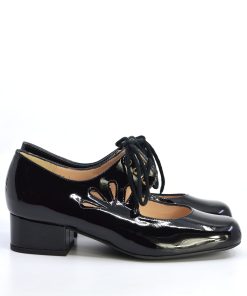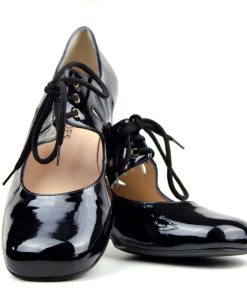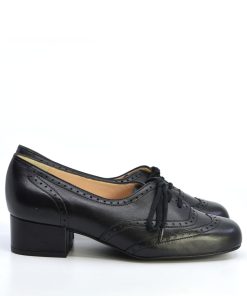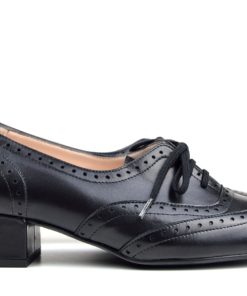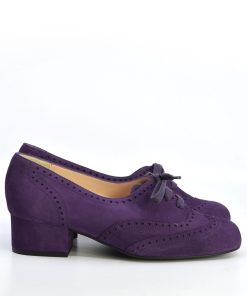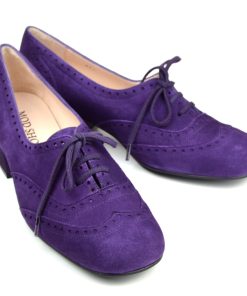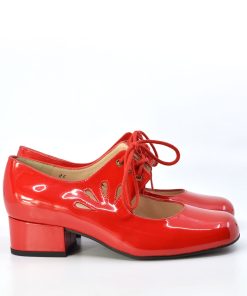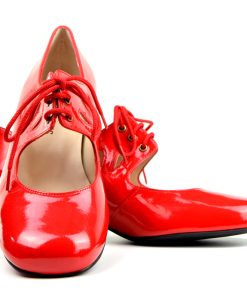 It has been widely acknowledged the part that The Beatles and The Stones played in gaining a wider audience for Soul and R&B artists in the UK. Their early albums are awash with covers of music of artists of black origin. The intoxicating and hypnotic rhythms captivated young (mainly white) audiences opening both ears and minds in the process. That spiritual connection between the black struggle and white working classes oppression has remained ever since.
It has been widely acknowledged the part that The Beatles and The Stones played in gaining a wider audience for Soul and R&B artists in the UK. Their early albums are awash with covers of music of artists of black origin. The intoxicating and hypnotic rhythms captivated young (mainly white) audiences opening both ears and minds in the process. That spiritual connection between the black struggle and white working classes oppression has remained ever since.
However, there was another recording artist who should also be remembered for their part in not just embracing black music but actively promoting it and in the process becoming one of the greatest exponents of what became termed blue-eyed-soul. Born Mary O’Brien in London just before the outbreak of World War Two; Dusty Springfield as she became known professionally started her singing career in a couple of pop-folk acts; The Lana Sisters and even had a top 10 hit with The Springfields before launching her solo career in late 1963.
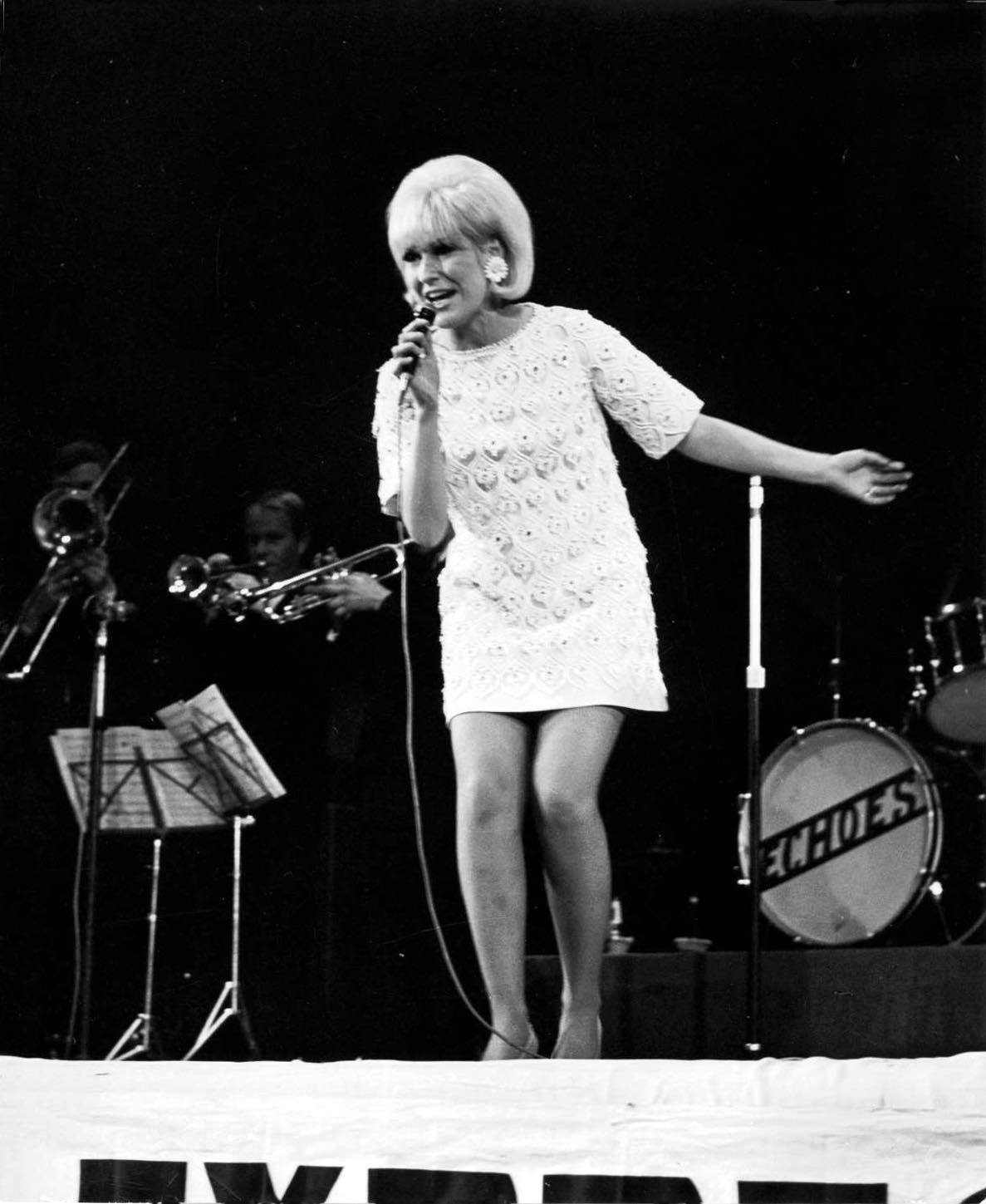 Her first single I Only Want to Be with You married a Phil Spectre Wall of Sound production, awash with luscious layers of strings to a Shirelles pop/soul style melody (one of her big influences). It matched her glamorous excess of smoky heavily made-up eyes, her towering peroxide bee-hive and her flowing floor-length gowns. It was a huge hit and went on to sell a million copies.
Her first single I Only Want to Be with You married a Phil Spectre Wall of Sound production, awash with luscious layers of strings to a Shirelles pop/soul style melody (one of her big influences). It matched her glamorous excess of smoky heavily made-up eyes, her towering peroxide bee-hive and her flowing floor-length gowns. It was a huge hit and went on to sell a million copies.
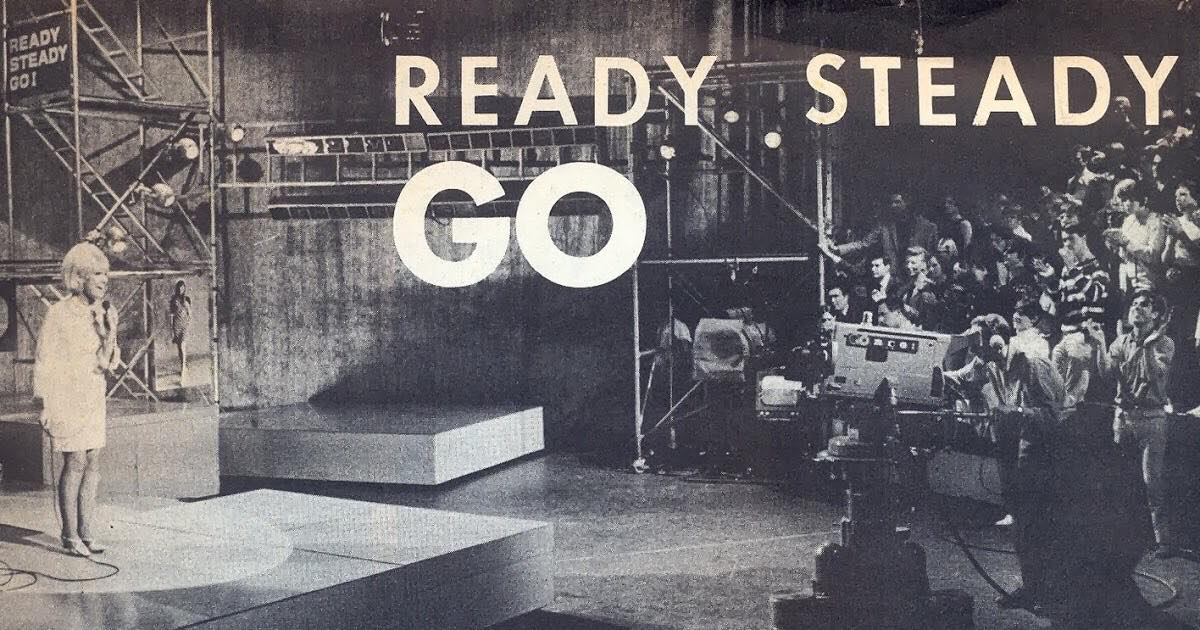 1964 was a defining year for Dusty. Hot on the heels of two more massive selling singles, the Bacharach penned Wishin’ and Hopin’ and the emotive (and career defining, musically at least) I Just Don’t Know what to do with Myself Dusty toured South Africa with her group The Echoes. The tour was controversially terminated and resulted in her deportation for playing to an integrated audience at a theatre in Cape Town which was against the then government’s apartheid segregation policy. Dusty’s contract went on to become one of the first to exclude segregated audiences. She often appeared as the only white artist in black-artist reviews.
1964 was a defining year for Dusty. Hot on the heels of two more massive selling singles, the Bacharach penned Wishin’ and Hopin’ and the emotive (and career defining, musically at least) I Just Don’t Know what to do with Myself Dusty toured South Africa with her group The Echoes. The tour was controversially terminated and resulted in her deportation for playing to an integrated audience at a theatre in Cape Town which was against the then government’s apartheid segregation policy. Dusty’s contract went on to become one of the first to exclude segregated audiences. She often appeared as the only white artist in black-artist reviews.
1965 and with her star still in its ascendancy Dusty, who was already good friends with producer Vicki Wickham (who co-wrote the English lyrics to one of Dusty’s biggest hits; ‘You Don’t Have to Say You Love Me) was especially chosen to host the country’s leading music show; Ready Steady Go’s Sound of Motown Special. After covering many of their tunes it was of particular pleasure to Dusty to facilitate the first UK TV appearances for The Supremes, The Miracles, The Temptations and Stevie Wonder. Recorded live Springfield opened each half of the show accompanied by Martha Reeves and the Vandellas backed by the incomparable Motown in-house band, The Funk Brothers.
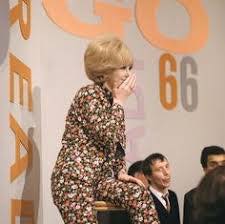 Its exposure gave the associated touring Tamla-Motown Revue featuring many of the same artists a much-needed shot in the arm and there was a huge uplift in interest at both the shows and on record. What was once the preserve of a few clued-up Mods and music-fans was now a national passion. The charts across the latter half of ’65 and ’66 are awash with Tamla tunes. Even Dusty’s singles from the period like Stuck in The Middle and Little by Little carry a certain Motown swagger.
Its exposure gave the associated touring Tamla-Motown Revue featuring many of the same artists a much-needed shot in the arm and there was a huge uplift in interest at both the shows and on record. What was once the preserve of a few clued-up Mods and music-fans was now a national passion. The charts across the latter half of ’65 and ’66 are awash with Tamla tunes. Even Dusty’s singles from the period like Stuck in The Middle and Little by Little carry a certain Motown swagger.
Dusty had always had an vulnerable emotive feel to her singing; an air of loneliness and longing about it. In ’67 and in the capable hands of Burt Bacharach and Hal David that longing practically became lust. The smokiness of her eyes matched the sultriness of her sensual voice and earned her another sizeable hit both here and in America with what can only be described as a bona fide classic The Look of Love.
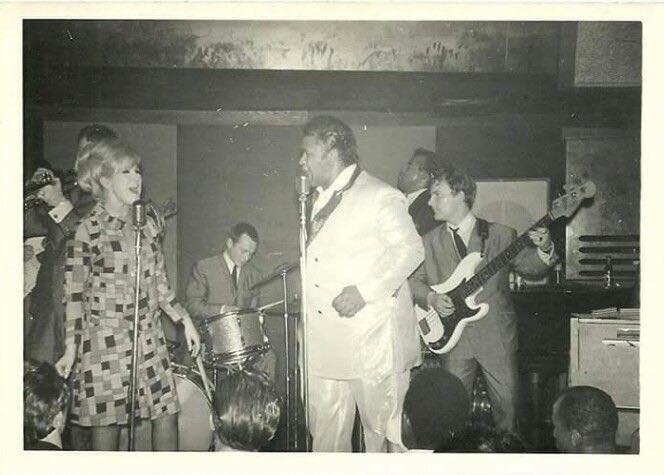 Sadly, with the progressive counter culture pulling away from her now ‘unfashionable’ classic-pop stylings and with perhaps some poorly advised sojourns into orchestrated jazz Dusty’s latter sixties output was a little hit and miss. That is, until she revisited her more soulful roots and decided to sign for her idol, Aretha Franklin’s record label Atlantic Records and to record her next album in Memphis at the renown American Sound Studios. Producers’ Jerry Wexler and Tom Dowd recognised her natural soul voice and dispensed of the all-too-often saccharine orchestration in favour of back-up vocal group the Sweet Inspirations and seasoned Soul musicians’ The Memphis Cats. Despite its critical successes (Dusty in Memphis received excellent reviews both sides of the pond) it failed to translate into sales, even with the comparative top-ten success of Son of a Preacher Man. Latterly of course the song and the album have both been lauded as the classic and essential listens that they are.
Sadly, with the progressive counter culture pulling away from her now ‘unfashionable’ classic-pop stylings and with perhaps some poorly advised sojourns into orchestrated jazz Dusty’s latter sixties output was a little hit and miss. That is, until she revisited her more soulful roots and decided to sign for her idol, Aretha Franklin’s record label Atlantic Records and to record her next album in Memphis at the renown American Sound Studios. Producers’ Jerry Wexler and Tom Dowd recognised her natural soul voice and dispensed of the all-too-often saccharine orchestration in favour of back-up vocal group the Sweet Inspirations and seasoned Soul musicians’ The Memphis Cats. Despite its critical successes (Dusty in Memphis received excellent reviews both sides of the pond) it failed to translate into sales, even with the comparative top-ten success of Son of a Preacher Man. Latterly of course the song and the album have both been lauded as the classic and essential listens that they are.
Dusty was perhaps the finest female white soul singer of her era. She was a remarkable panda-eyed performer whose emotional resonance was matched only by her strong principles. She had few contemporaries capable of matching the flawless vulnerable heartbreak or sultry whispered intimacy in her voice. She was the very definition of blue-eyed soul.


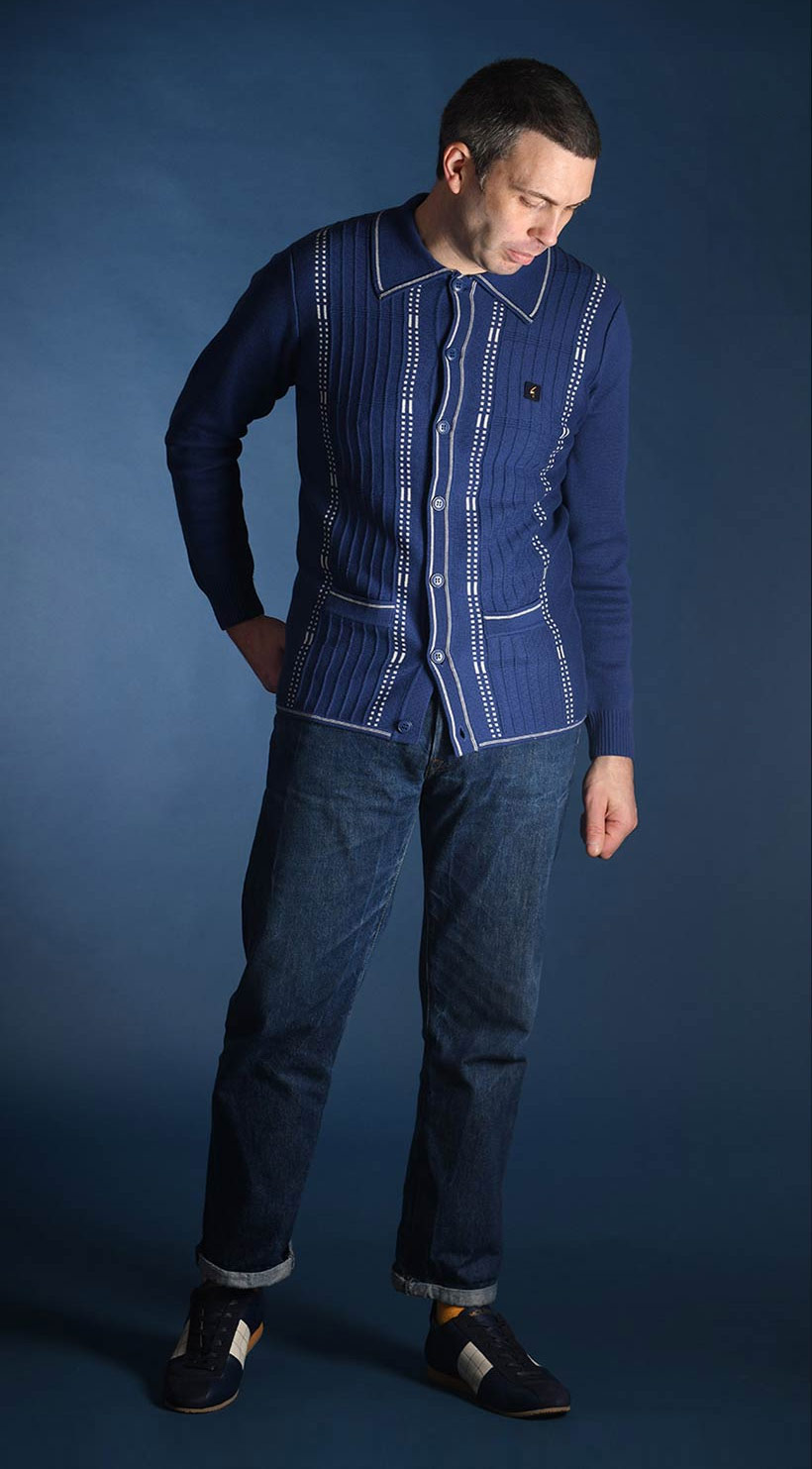
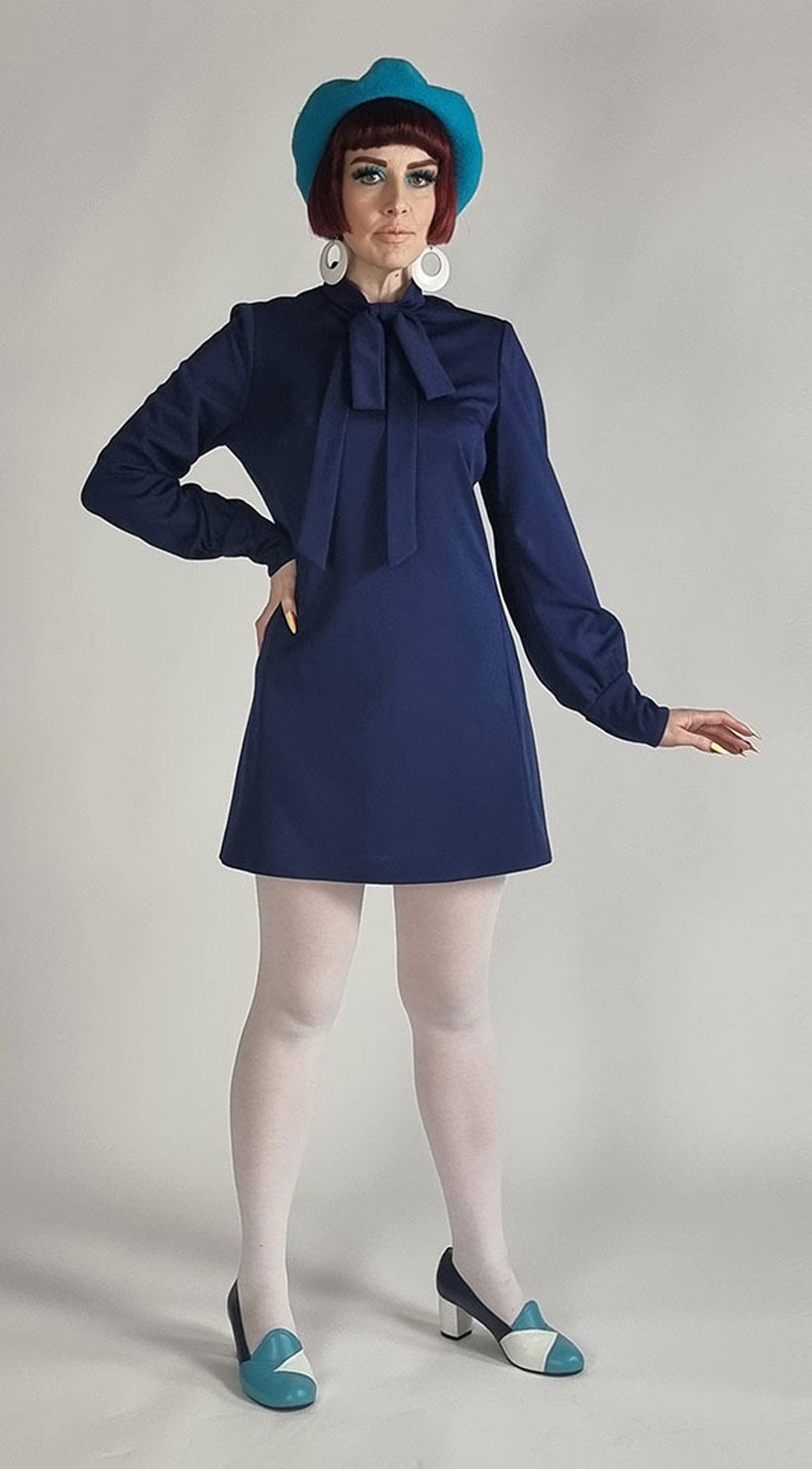
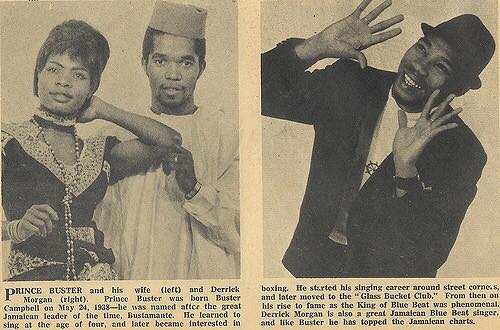 Little in Jamaican music is clear. Smoke and mirrors doesn’t begin to cover it. Any fans of Ska, Rocksteady and Reggae will be well versed in multiple releases of the same song, by the same artist on differing labels. Then, to cap it all, those that played the records often scratched the labels off so that those listening in for rival sound-system would be unable to identify the most popular records on the dancefloor. Underhand deals, backstabbing (sometimes literally) and clashes were common. The most famous of these ‘musical wars’ in Jamaican music of the early sixties was between Cecil Bustamente Campbell, better known as Prince Buster and Derrick Morgan dubbed ‘The Ska King’.
Little in Jamaican music is clear. Smoke and mirrors doesn’t begin to cover it. Any fans of Ska, Rocksteady and Reggae will be well versed in multiple releases of the same song, by the same artist on differing labels. Then, to cap it all, those that played the records often scratched the labels off so that those listening in for rival sound-system would be unable to identify the most popular records on the dancefloor. Underhand deals, backstabbing (sometimes literally) and clashes were common. The most famous of these ‘musical wars’ in Jamaican music of the early sixties was between Cecil Bustamente Campbell, better known as Prince Buster and Derrick Morgan dubbed ‘The Ska King’.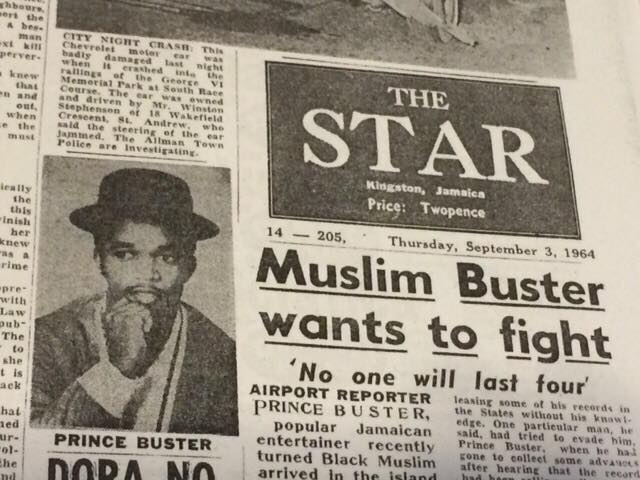 Amid the faint whiff of corruption, he so very nearly fell at the first hurdle when immigration stopped his attempt to buy American records via the Farm Work Programme to play on his system. His competitors knew he would have been a serious threat to them, so perhaps ‘interference’ was inevitable. Buster if nothing else was a fighter, so he moved into recording and producing and created his own music to play; producing successful hits for not just himself but Eric ‘Monty’ Morris, Owen Grey and his soon to be arch-rival Derrick Morgan.
Amid the faint whiff of corruption, he so very nearly fell at the first hurdle when immigration stopped his attempt to buy American records via the Farm Work Programme to play on his system. His competitors knew he would have been a serious threat to them, so perhaps ‘interference’ was inevitable. Buster if nothing else was a fighter, so he moved into recording and producing and created his own music to play; producing successful hits for not just himself but Eric ‘Monty’ Morris, Owen Grey and his soon to be arch-rival Derrick Morgan.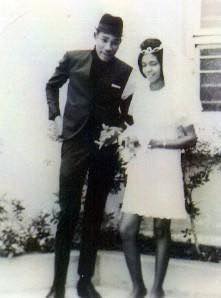 Buster lit the touch paper on Blackhead Chineyman in no uncertain terms within the stinging lyrics “you stole my belongings and give them to your Chineyman; God in heaven knows you are wrong; Are you a Chineyman or are you a black man?”
Buster lit the touch paper on Blackhead Chineyman in no uncertain terms within the stinging lyrics “you stole my belongings and give them to your Chineyman; God in heaven knows you are wrong; Are you a Chineyman or are you a black man?”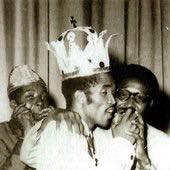 There were a few more exchanges such as Buster’s 30 pieces of Silver but it wasn’t until Buster threatened to release a song called Chinese Jacket which explicitly named Morgan, that Morgan warned Buster that should he proceed, he would release one with the lyrics “Buster while you were at sea, I was alone with B (Blossom Buster’s wife) and all your children have the mark of the Blackhead Chinaman”.
There were a few more exchanges such as Buster’s 30 pieces of Silver but it wasn’t until Buster threatened to release a song called Chinese Jacket which explicitly named Morgan, that Morgan warned Buster that should he proceed, he would release one with the lyrics “Buster while you were at sea, I was alone with B (Blossom Buster’s wife) and all your children have the mark of the Blackhead Chinaman”.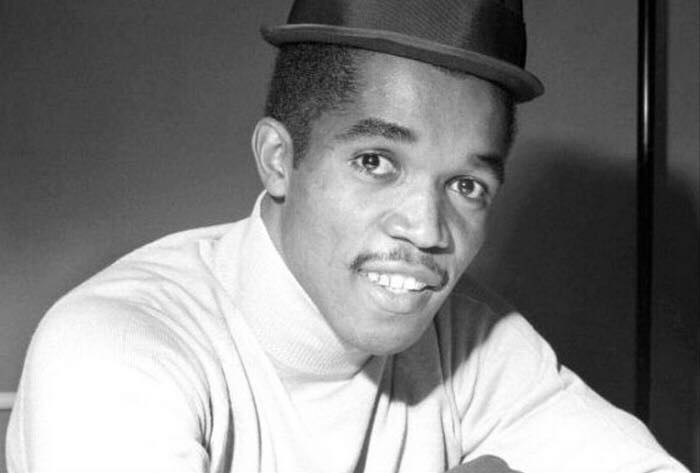
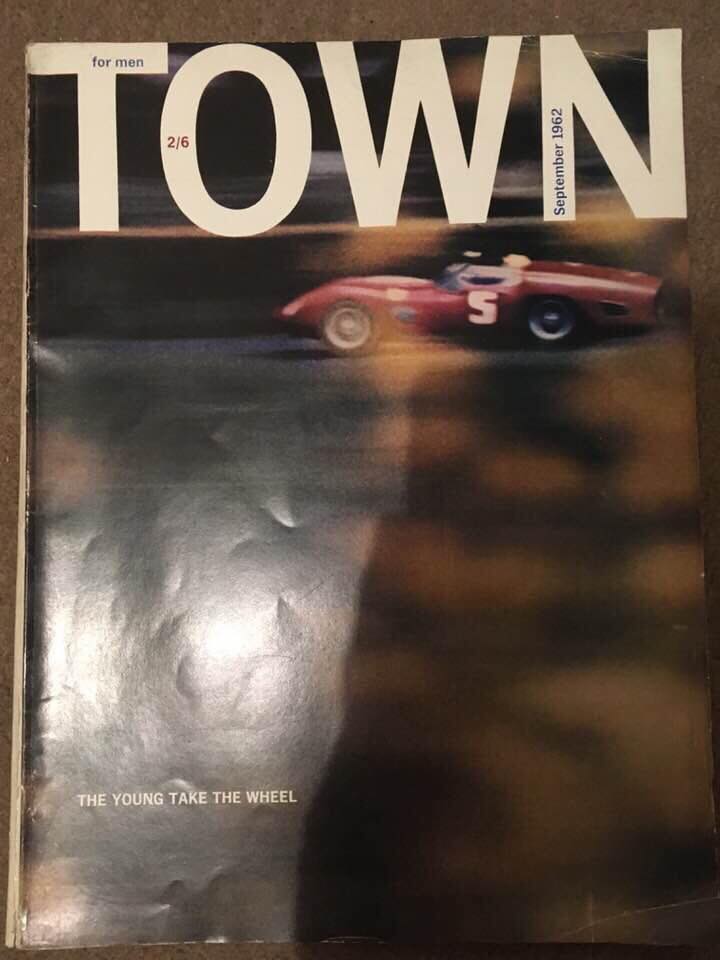 Town Magazine September 1962 and three young men from Stamford Hill; Mark Feld, Peter Sugar and Mickey Simmons appear in an article called Faces without Shadows. It is the first article about Mods (not that they are named as such in the article itself) to appear in the Media. Across the 6-page article amid the stunning Don McCullen photos they pass judgement on a raft of subjects from politics to scooters but mostly clothes; especially tailored clothes. Mark Feld, of course went on to become 70’s superstar Marc Bolan via proto art-popsters John’s Children. It’s probably one of the reason’s that copies of the magazine now change hands for several hundreds of pounds.
Town Magazine September 1962 and three young men from Stamford Hill; Mark Feld, Peter Sugar and Mickey Simmons appear in an article called Faces without Shadows. It is the first article about Mods (not that they are named as such in the article itself) to appear in the Media. Across the 6-page article amid the stunning Don McCullen photos they pass judgement on a raft of subjects from politics to scooters but mostly clothes; especially tailored clothes. Mark Feld, of course went on to become 70’s superstar Marc Bolan via proto art-popsters John’s Children. It’s probably one of the reason’s that copies of the magazine now change hands for several hundreds of pounds.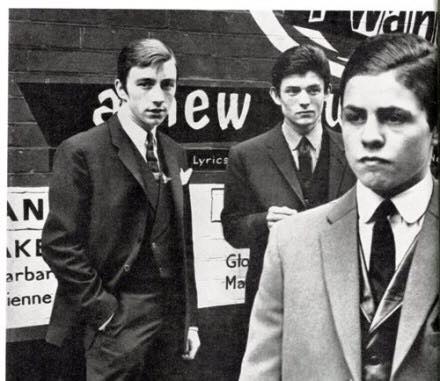 The article is very much geared to where these young Princes see themselves going. Their self-assuredness is absolute. What is not really touched on is their Stamford Hill home which has given them this self-belief. All three were young Jewish boys whose clothes obsessiveness was well served within its tight-knit community and not least by its tailors who were more likely to entertain the ‘eccentricities’ of the young dandies than a more traditional West End tailor. Bedecked in bespoke clothing at 12 and 13 years of age, making them feel head and shoulders above their peers. Their group also contained the likes of Henry Moss, Gerry Goldstein, Barrie Milner and perhaps more famously (Sir) Alan Sugar of TV show The Apprentice and Michael Abraham Levy whose charms have raised tens of millions of pounds for the Labour Party. At an age where they were too young to congregate in pubs (which no doubt they would have considered beneath them) there chief hangout was the Bowling Alley. The first that was opened in the UK.
The article is very much geared to where these young Princes see themselves going. Their self-assuredness is absolute. What is not really touched on is their Stamford Hill home which has given them this self-belief. All three were young Jewish boys whose clothes obsessiveness was well served within its tight-knit community and not least by its tailors who were more likely to entertain the ‘eccentricities’ of the young dandies than a more traditional West End tailor. Bedecked in bespoke clothing at 12 and 13 years of age, making them feel head and shoulders above their peers. Their group also contained the likes of Henry Moss, Gerry Goldstein, Barrie Milner and perhaps more famously (Sir) Alan Sugar of TV show The Apprentice and Michael Abraham Levy whose charms have raised tens of millions of pounds for the Labour Party. At an age where they were too young to congregate in pubs (which no doubt they would have considered beneath them) there chief hangout was the Bowling Alley. The first that was opened in the UK.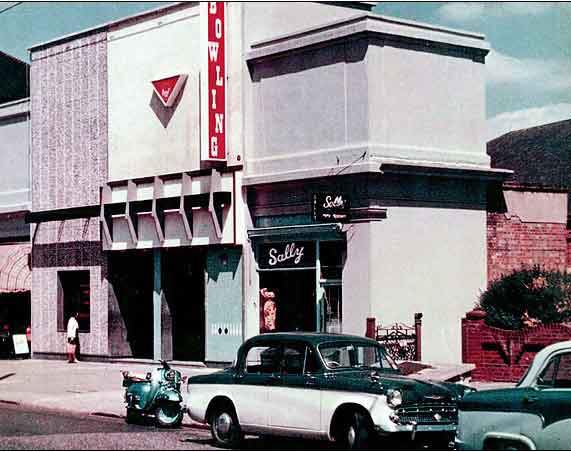
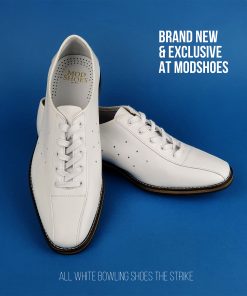
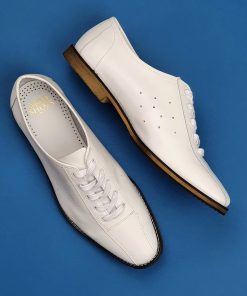
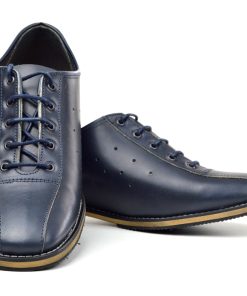
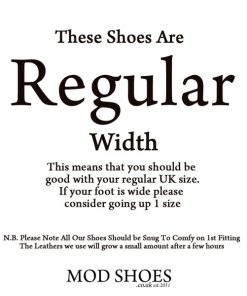
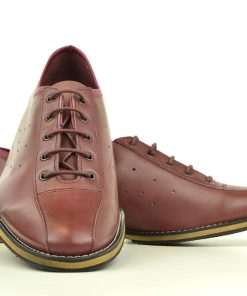
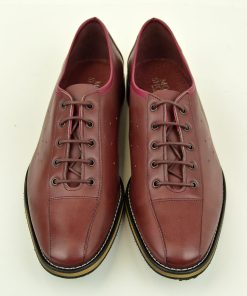
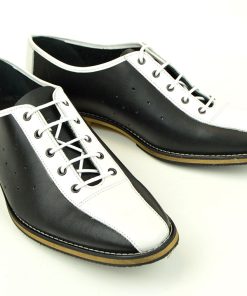
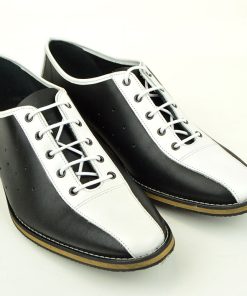
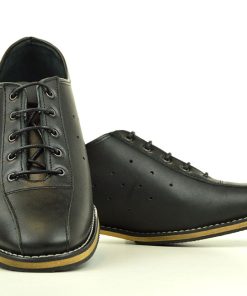
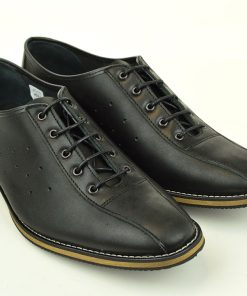
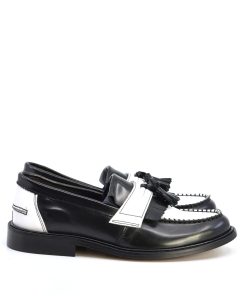
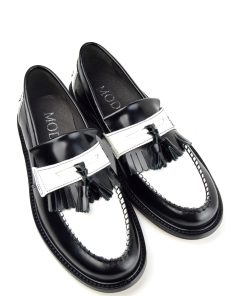
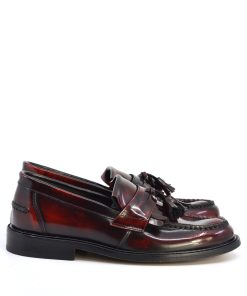
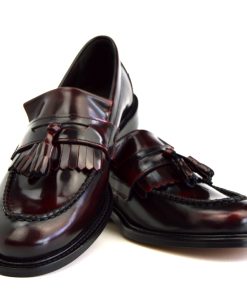
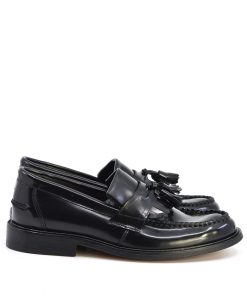
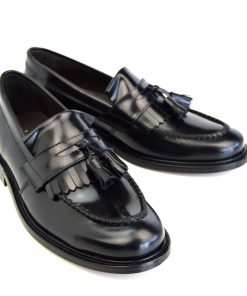
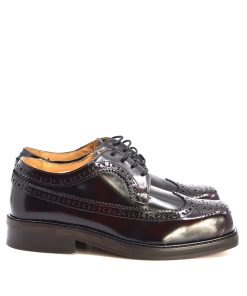
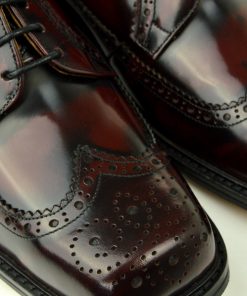
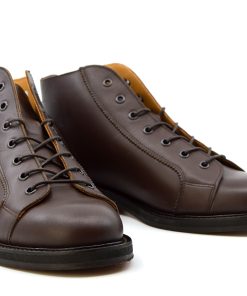
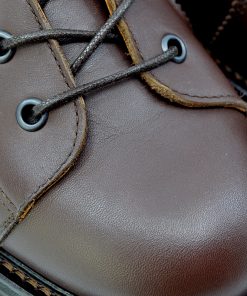
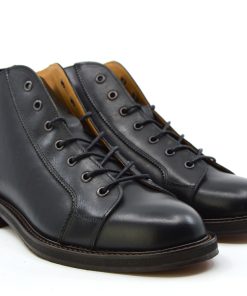
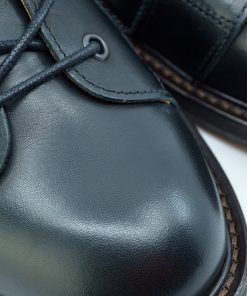
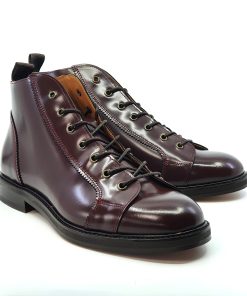
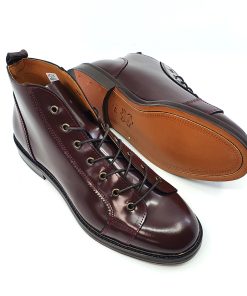
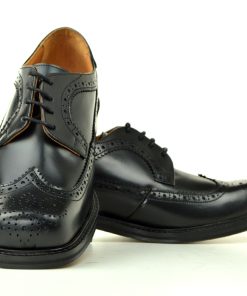
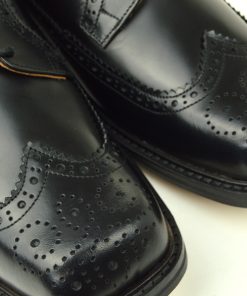
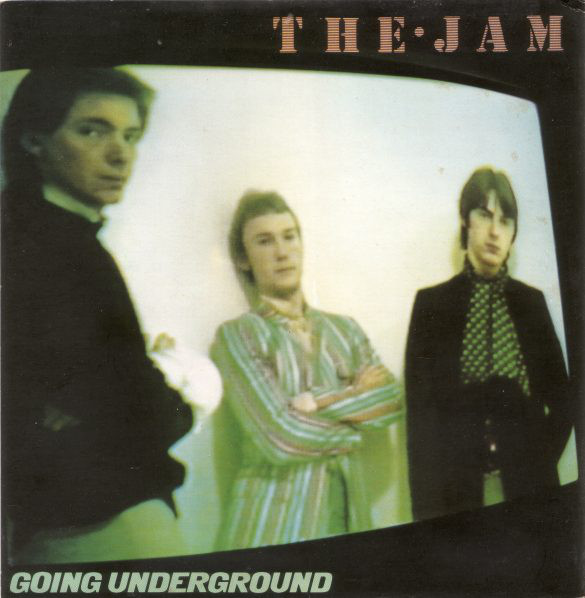 By anyone’s yardstick Going Underground is a stunning single. Pre-sales alone ensured it debuted at number one (a trick The Jam pulled off twice more before taking their bow). It is probably the most overt political record EVER to top the charts. It’s a measure of its quality (and a general failure of society) that it still stands up today as a chilling warning of Kidney machines being replaced by Rockets and Guns; nearly 40 years after its initial release we’re still greeting the new boss… same as the old boss.
By anyone’s yardstick Going Underground is a stunning single. Pre-sales alone ensured it debuted at number one (a trick The Jam pulled off twice more before taking their bow). It is probably the most overt political record EVER to top the charts. It’s a measure of its quality (and a general failure of society) that it still stands up today as a chilling warning of Kidney machines being replaced by Rockets and Guns; nearly 40 years after its initial release we’re still greeting the new boss… same as the old boss.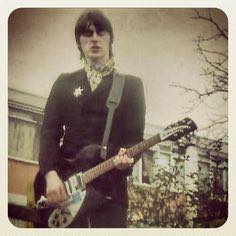
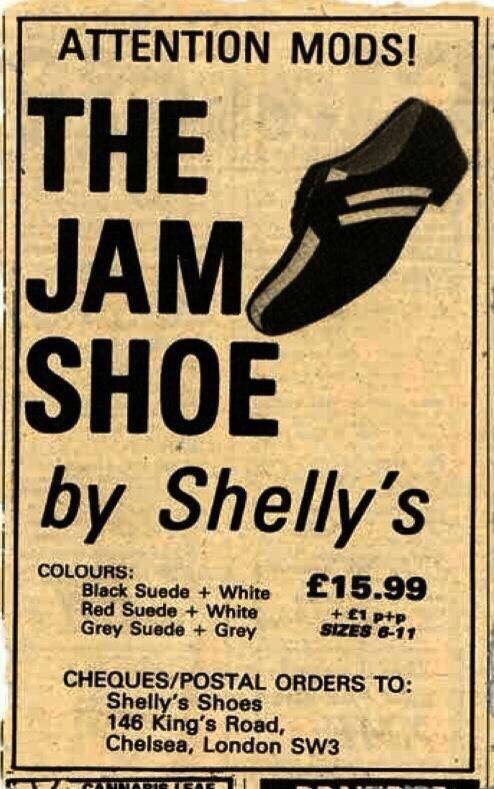 Watching the video again now you are struck by just how sharp the band looks. A besuited Rick sporting the famous black and white Gibsons that flash up as part of the pop-art intro. Bruce as ever looking sharp in his tight fitted suit adorned by the monochrome skinny tie that so defines the era and his Jam/Badger shoes that made many a young Mod (myself included) hot foot it to Shelleys. Sharpest of all is Weller with his pop-art sheriffs badge and gold and burgundy Tootal scarf – its been a staple of the Modernist wardrobe ever since.
Watching the video again now you are struck by just how sharp the band looks. A besuited Rick sporting the famous black and white Gibsons that flash up as part of the pop-art intro. Bruce as ever looking sharp in his tight fitted suit adorned by the monochrome skinny tie that so defines the era and his Jam/Badger shoes that made many a young Mod (myself included) hot foot it to Shelleys. Sharpest of all is Weller with his pop-art sheriffs badge and gold and burgundy Tootal scarf – its been a staple of the Modernist wardrobe ever since.